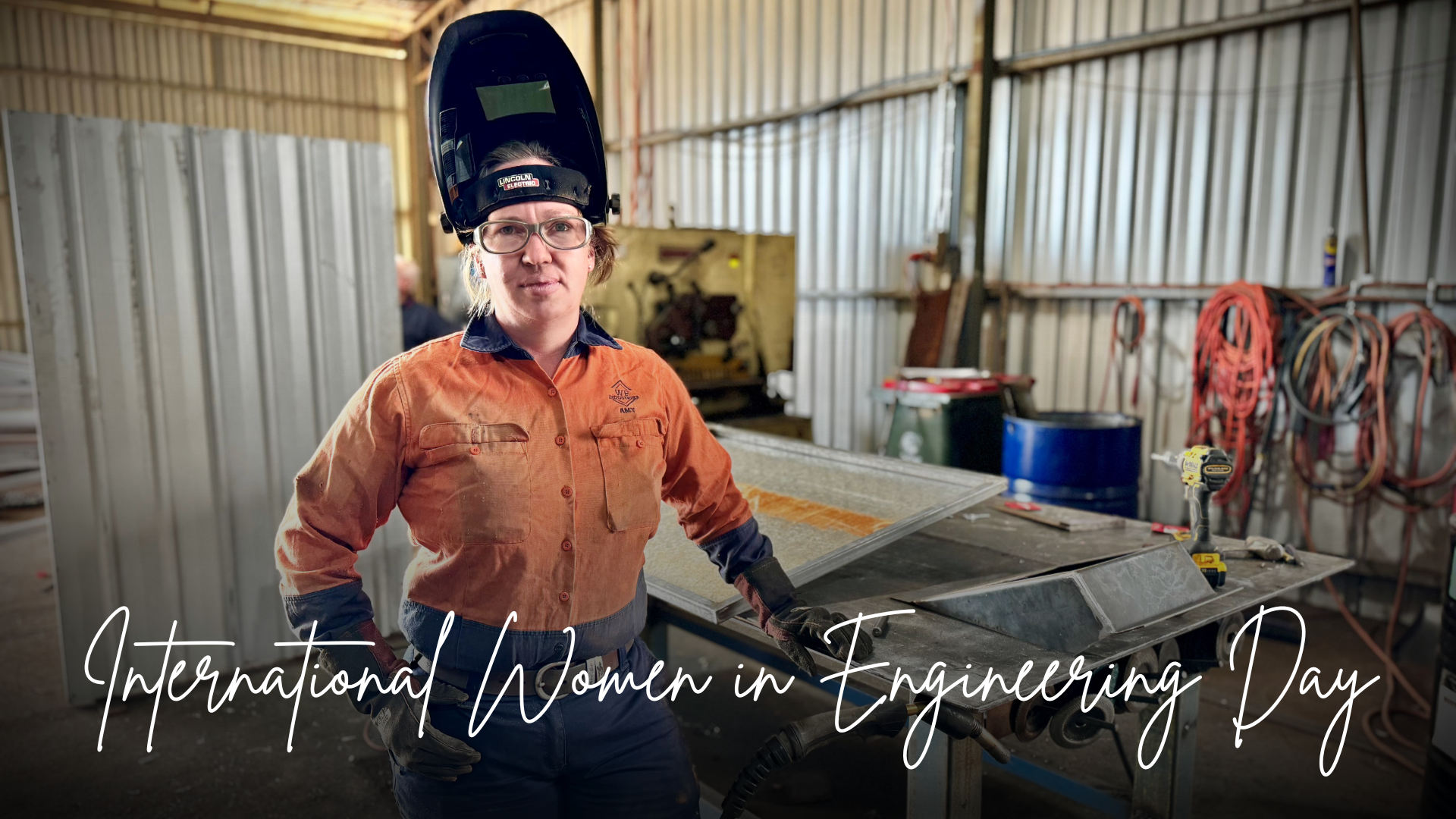How do I get back in? Tips for re-entering the workforce after raising children

Looking for a job after having some extended time off raising children can be a daunting prospect. Many parents interested in returning to the workforce are unsure about how to transition back to employment, with some concerned they may offer little value to potential employers.
To help parents turn this mindset around and successfully make the leap back into work, Skillset recommends these three tips:
1. Consider your work goals and review your skill set
Before embarking on a job search, it is worthwhile considering the type of work you would like to do and how this fits with your current skill set. For example:
- Are you interested in going back to a job similar to what you did previously, or are you looking at transitioning to a new occupation and career?
- What jobs match the skills you currently have?
- What mode of work would suit you and your family best – full time, contract or part time?
Clarifying the type of job you want and the skills you can offer will help in identifying potential employment opportunities. It may also assist you with understanding if you need to refresh your skills, or undertake some new training, before stepping back into the workforce.
2. Update your CV/resume
One of the key tools you will need when returning to the workforce is a quality CV/resume. To be most effective, a CV/resume must include all relevant employment history, as well as any updates to your education and training. Importantly, it should be tailored to the type of role you wish to apply for – which is why considering your work goals (as detailed above) is crucial!
Many parents returning to the workforce are particularly concerned about how to explain their time away from the workforce in their resume or CV. In the past, job applicants may have been advised to disguise these absences from the workforce and/or to downplay their role as a parent when returning to employment.
However, the fact is that parenthood and raising children is a fundamental part of many people’s lives. Employers know that employees have lives of their own, and parents, just like other employees, bring a variety of experience and expertise to their job. There is also increasing awareness in our society that unpaid work, such as being a stay at home parent, is in fact work. Even global professional networking site, LinkedIn recognises this and in 2021 introduced job titles such as ‘stay at home mum’, ‘stay at home dad, and ‘stay at home parent’ to its job options. This change has a number of benefits – it not only assists in normalising any time spent away from the workforce to raise children amongst LinkedIn users, but also allows parents to emphasise the skills they have attained whilst staying at home.
Therefore, be up front about your time away from the workforce as a stay at home parent and include this period in your CV/resume. Make sure you highlight any transferable skills developed from your stay at home role that you can bring to a new job, such as time management, flexibility and organisational skills. Also, consider any skills you have developed from roles taken on as a result of parenting. This could include skills obtained from running a local playgroup or being the administrator of a parents Facebook page.
Finally, it can’t be understated how important your CV is when starting your search for a job. There are plenty of online resources available to assist with putting together or updating a CV or resume. If you still find it a little bit overwhelming, consider outsourcing the development of your CV/resume to a professional resume writer.
3. Find those jobs!
Once you have clarified the type of job you want and have developed a standout CV/resume, it is the right time to start looking for potential jobs.
In the first instance, it is recommended that you tell your network – family, friends, parents groups, friends on social networks, sports teams, hobby groups, and past work colleagues – that you are looking for a job, including the type of work you are interested in. Interestingly, between 60% and 80% of jobs in Australia are secured through networking, cold calling and referrals. You never know who might be looking for a new employee, so it is definitely worth getting the word out there that you are searching for a job.
In addition to talking to your network, make sure you register with job platforms such as SEEK and CareerOne and develop a profile. Similarly, if you are looking for a government role, visit:
- The website of your local council for a role in local government
- I Work for NSW for NSW government roles
- APS Jobs for roles with the Australian Government.
If you are searching for jobs in the Central West, Skillset can help. Skillset keeps an active list of vacancies for jobs in the local area and is keen to help find a role that will fit you best!
Finally – at this point it is worth raising a 2014 internal study by Hewlett Packard that is often quoted: Men apply for a job when they only meet 60% of the qualifications and women apply only if they meet 100% of the qualifications.
Researchers believe this result may stem from conditioned differences in how women and men view the recruitment process. Unlike men, researchers believe that women assume that qualifications and skills advertised for a role are rigid and cannot be changed. To overcome this, researchers suggest that women applying for roles re-imagine the recruitment process as an opportunity to negotiate.
As a result, women returning to the workforce should strongly consider the following advice: if you can meet most of the job requirements, apply for the job. If you are the right candidate, it is highly likely the employer may be willing to relax some of the position requirements and negotiate with you on others.
You may also like

“Every day you learn something new.” – Wes Nixon
A Passion for Building and Community Celebrating 13 […]

International Women in Engineering Day
Meet Amy Shepard – Welding & Fabrication Apprentice […]
 Skillset would like to acknowledge and pay respect to the traditional custodians of the lands on which we work.
Skillset would like to acknowledge and pay respect to the traditional custodians of the lands on which we work.We are honoured to be on the ancestral lands of those whose cultures are among the oldest living cultures in human history. We pay respect to the Elders, past, present and to the younger generation of the community who will be the future leaders in years to come.

